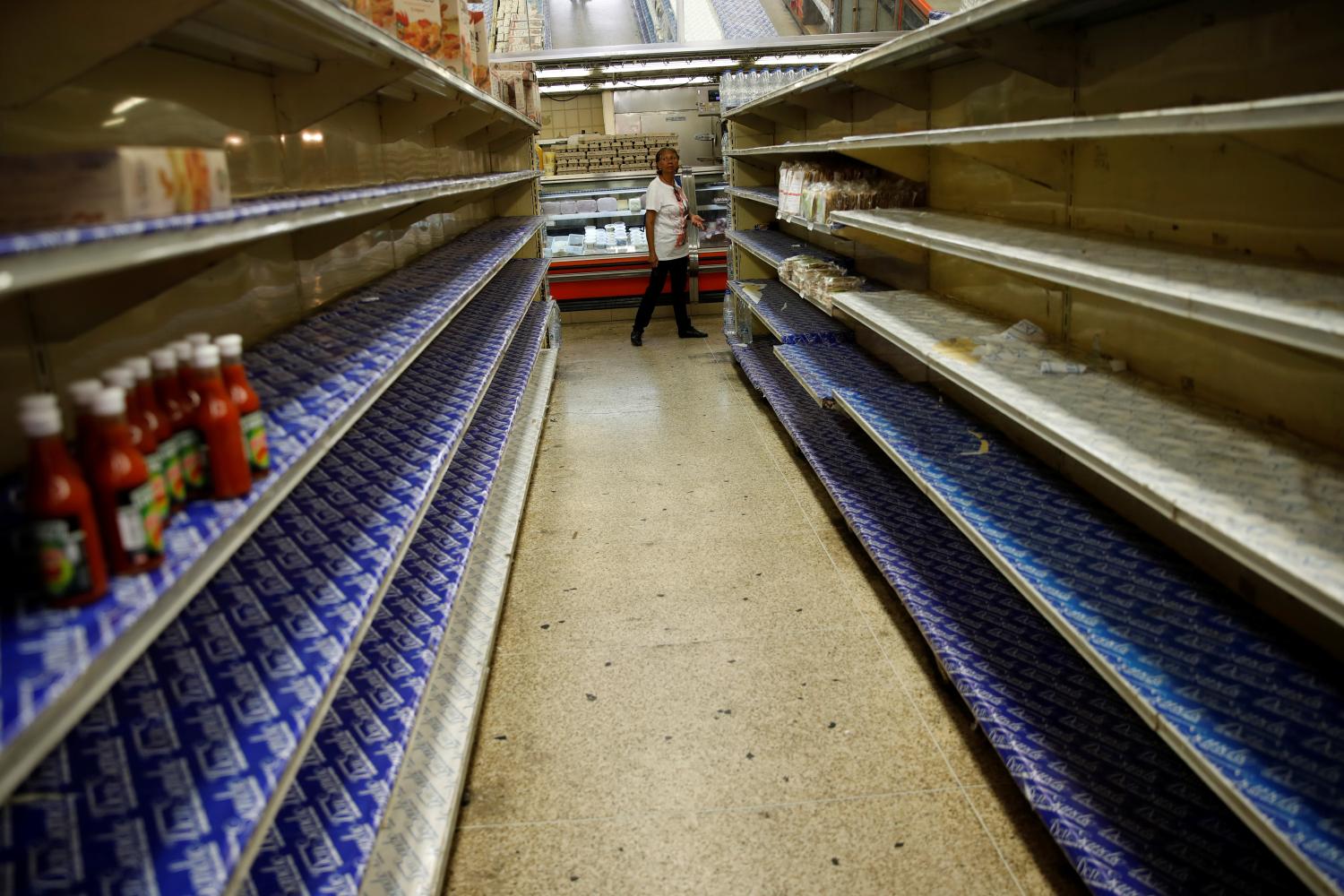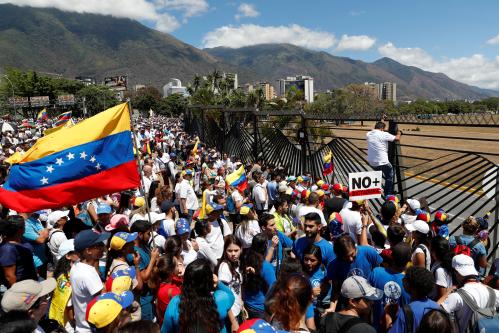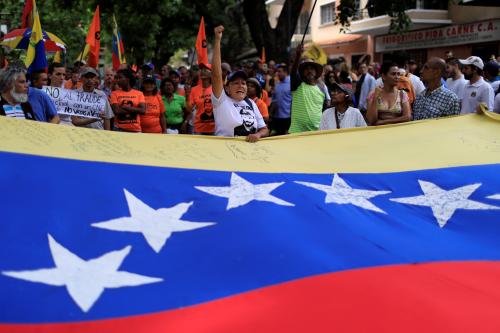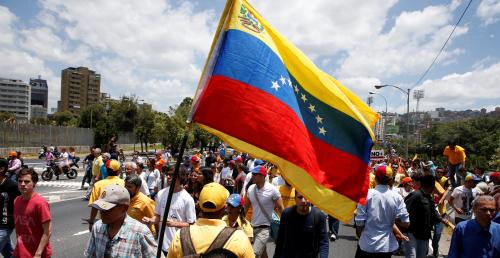Summary Findings
In a paper titled “Economic sanctions as collective punishment: The case of Venezuela” (Weisbrot and Sachs, 2019), the authors—henceforth referred to as WS—set out to assess the causal effects of the financial sanctions imposed by the United States on Venezuela in August 2017. The authors conclude that “sanctions reduced the public’s caloric intake, increased disease and mortality (for both adults and infants), and displaced millions of Venezuelans who fled the country as a result of the worsening economic depression and hyperinflation.” WS also claim that “sanctions have inflicted […] very serious harm to human life and health, including an estimated more than 40,000 deaths from 2017-2018.”
In this paper, we revisit the evidence for these claims and present several findings. We find the methodology used by WS is unfit to estimate the causal effect of the 2017 sanctions on the Venezuelan economy, and thus their conclusions are invalid, for two main reasons. First, in the absence of a proper counterfactual, economic trends in Venezuela since the sanctions were imposed cannot be separated from the powerfully negative trends that preceded them. Second, several important confounding factors beyond sanctions, which any rigorous empirical exercise should account for, could also explain the deterioration studied by Weisbrot and Sachs (2019).
Our other, perhaps even more important finding is that, when analyzing several socio-economic outcomes in Venezuela across time, it becomes clear that the bulk of the deterioration in living standards occurred long before the sanctions were enacted in 2017. Relatedly, we find rapidly worsening trends across all of the socio-economic indicators we analyze well before the sanctions were imposed in August 2017. Therefore, in the presence of these strong pre-trends, it is impossible to attribute the current performance of these socio-economic indicators to the sanctions.
The trends displayed by these socio-economic indicators prior to the sanctions are quite striking. For instance, by 2016—the year before sanctions were imposed—food imports in the country had fallen by 71 percent from their 2013 peak. Imports of medicines and medical equipment fell by 68 percent between 2013 and 2016. In terms of calorie intake, we find that by August 2017 Venezuelans earning the minimum wage could only afford a maximum of 6,132 of the cheapest available calories per day— equivalent to 56 percent of the minimum dietary needs of a family of five. This is 92 percent fewer calories than the minimum wage could purchase in January 2010. Infant mortality, a good proxy for the quality of public health services, grew by 44 percent between 2013 and 2016 and has continued to do so since.
No matter what socio-economic indicator one chooses to look at, it is clear that the sharp deterioration in Venezuela’s living standards started long before August 2017. The further deterioration observed since 2017—whether caused by the sanctions or by alternative factors—by no means constitutes the bulk of the collapse that has caused widespread suffering, death, and displacement to millions of Venezuelans.








